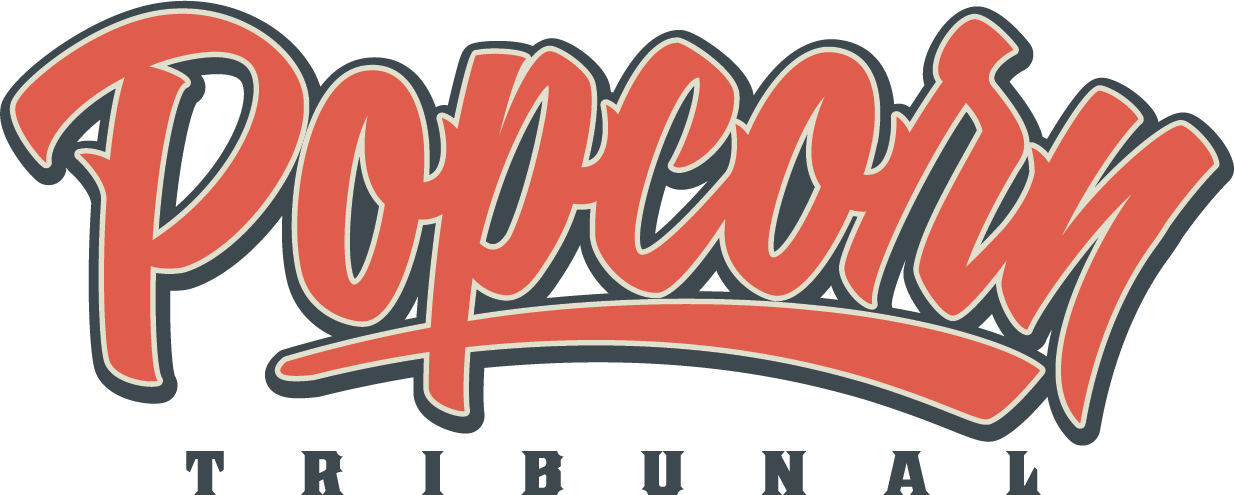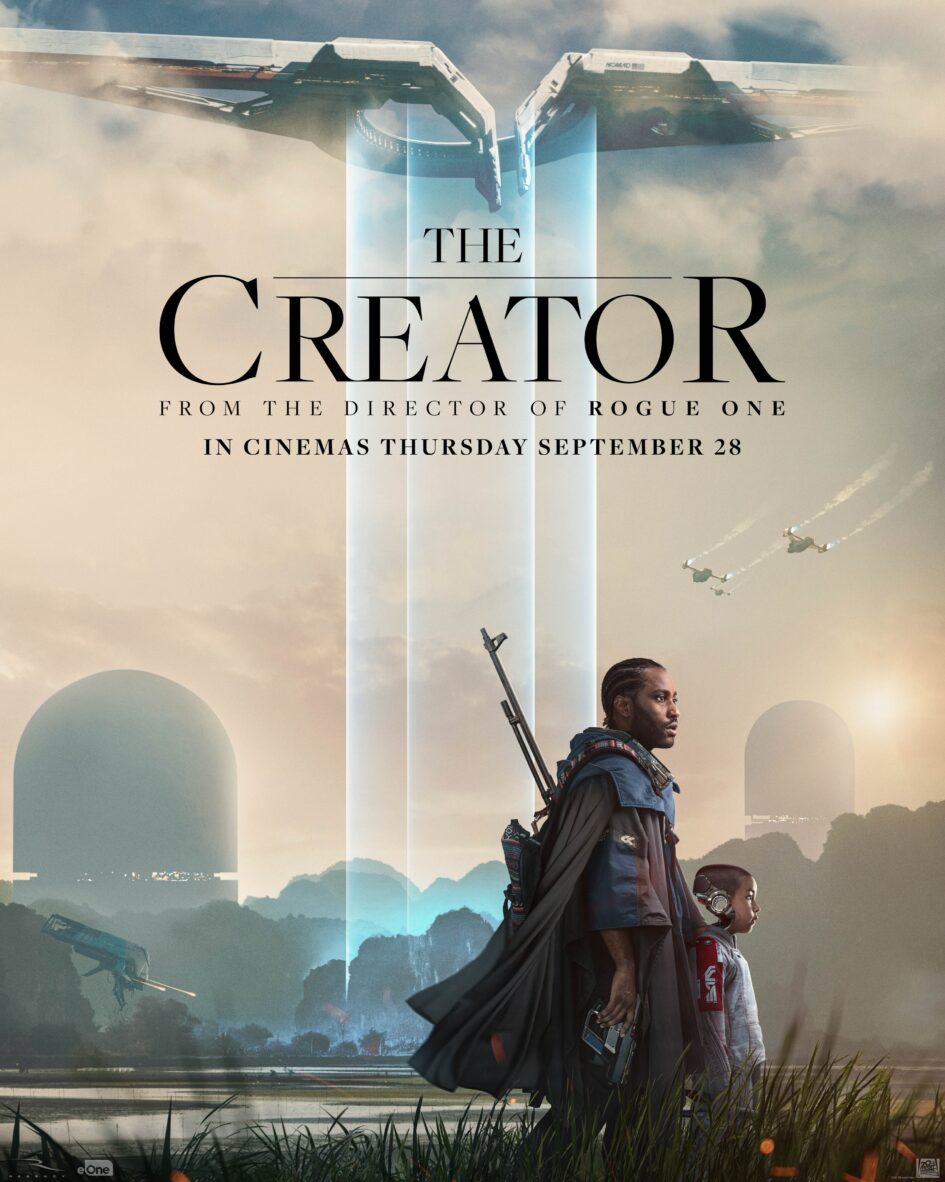For years, I have argued that “Rogue One” stands as one of the top three films in the Star Wars franchise, so it was with great anticipation that I learned of director Gareth Edwards being handed the reigns to craft his own unique vision in the realm of science fiction. My excitement only intensified when the first trailer revealed John David Washington as the headliner, joined by an ensemble of incredible actors. The addition of Hans Zimmer orchestrating the score and Greig Fraser behind the lens was like the universe conspiring to create a cinematic piece tailored just for me. There was a shadow of doubt with the announcement of an $80 million budget, allocated in an era where inadequate CGI seems to plague the industry—I questioned whether such a budget could adequately support the execution of a film of this magnitude. I’ve never been more excited to be so wrong.
The story follows Joshua (played by John David Washington), who finds himself in the relentless conflict between humans and artificial intelligence. Tasked with neutralizing a potent weapon capable of tipping the scales in favor of the AI, he stumbles upon a child who alters the entire course of events. Initially, I was skeptical as the plot appeared to hinge on two overly familiar tropes: the clash between humans and AI, and the “Lone Wolf and Cub” motif. However, Edwards breathes new life into these stories, intertwining them to create a narrative that feels original. The effectiveness of the story is attributed to the main characters. John David Washington delivers a phenomenal portrayal, showcasing the full spectrum of his acting capabilities, which proved to be truly extraordinary. His on-screen chemistry with Madeleine Yuna Voyles is the highlight, and despite her being only nine, Voyles commands the screen with a moving performance, becoming the emotional pillar of the film. However, the movie stumbles a bit when it shifts focus away from the main protagonists. The side characters failed to capture my interest, leading to segments of the plot feeling disjointed and occasionally pulling me out of the film. Despite the narrative shortcomings, the movie still works because even in those less interesting scenes, the cinematography was impossible to look away from.
Cinematographer Greig Fraser is truly a wizard behind the camera. The entire film was captured using a Sony FX3, a camera priced at only four thousand dollars, yet every frame was more visually compelling than many of this year’s blockbusters. The economical camera choice allowed the team to shoot in over 80 different locations, enabling audiences to truly immerse in the expansive journey alongside the protagonists. This film distinguishes itself by taking seemingly mundane locations or scenes and transforming them into frames fit for a canvas in the Louvre Museum. However, the vibrancy of these images is also heavily indebted to impeccable CGI work. The science fiction genre often finds itself trapped in the overutilization of CGI, resulting in variable quality, yet smart camera maneuvers allowed the special effects team to create some stunning shots. Layered over these vivid visuals is the brilliance of the legendary Hans Zimmer, a score so incredible that it justifies the additional five dollars to experience it in IMAX.
This film unfolds as a testament to the potential of Gareth Edwards. With some stronger exposition, it stands on the verge of being in the Science Fiction Hall of Fame. However, there were moments when minute details seemed inconsequential to the overarching narrative. Which felt rather disappointing considering the technical achievement of the movie. Despite this, it sparks anticipation for what the future holds for Edwards, Washington, and Voyles. This movie belongs on the big screen, so don’t miss out while you have the chance.



